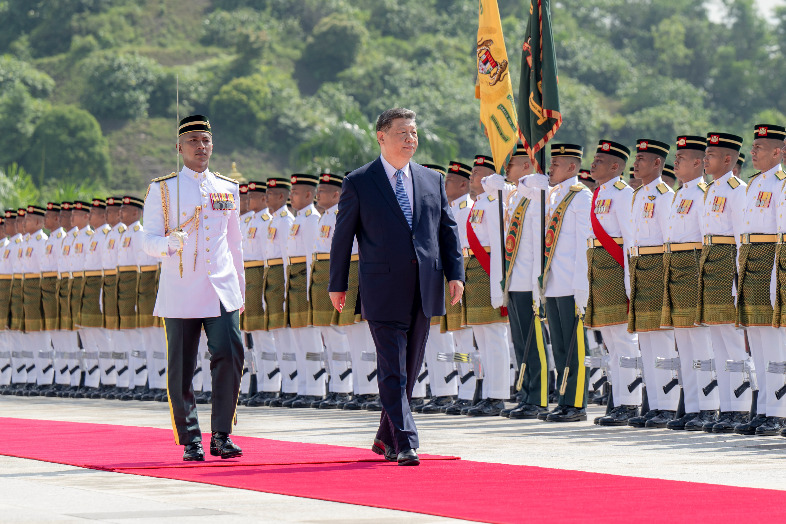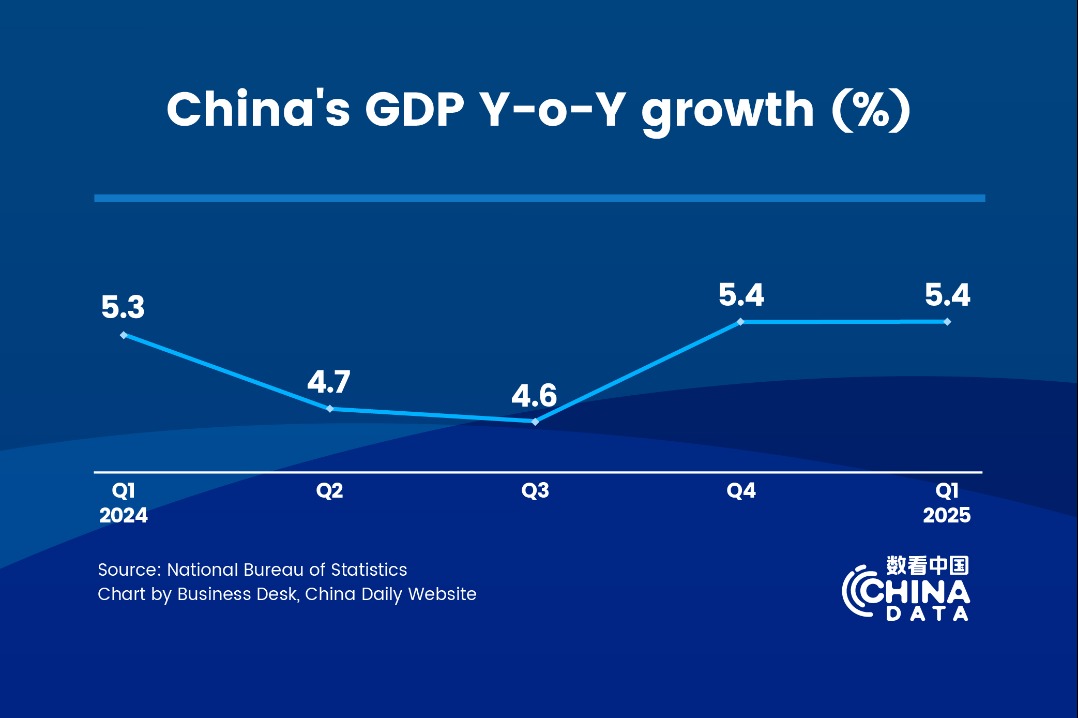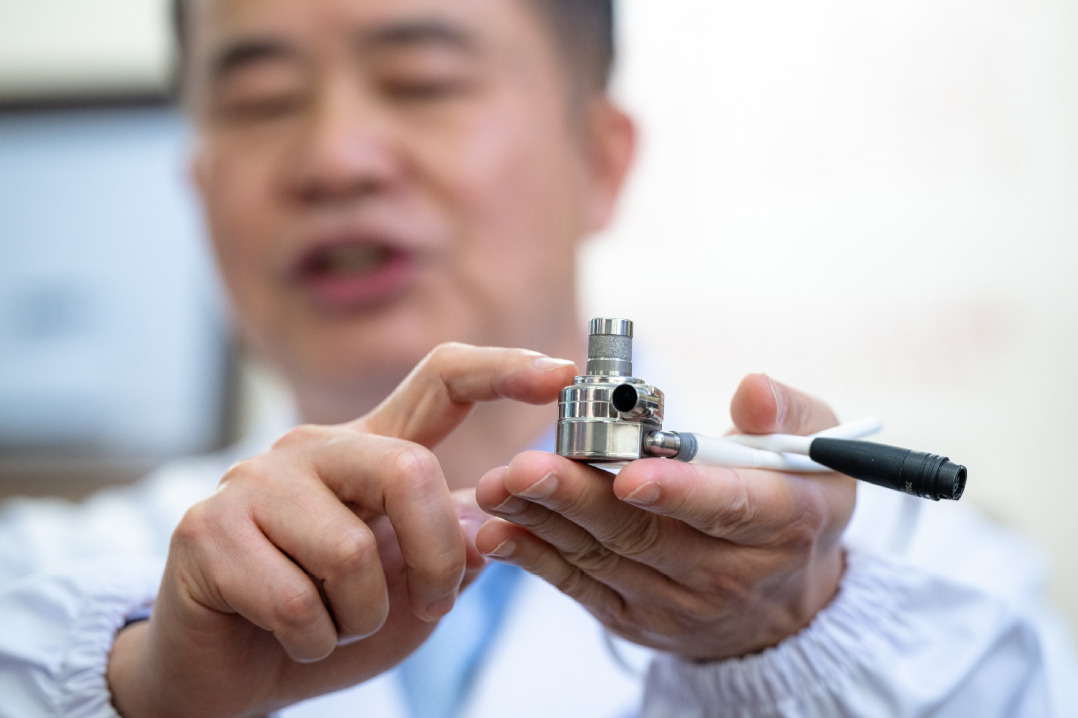Kenyan government reiterates commitment SGR


The Kenyan government has reiterated its commitment to ensuring that the Chinese built Standard Gauge Railway (SGR) is properly managed and operated.
According to engineer Maxwell Mengich, general manager of Infrastructure Development at Kenya Railways, the government is committed to ensuring that the railway line will be in a position to repay its loan by the time it matures for repayment.
He was responding to a media question on accusations that Nairobi is over-borrowing to set up projects like SGR.
"People who have done projects say it is better to do it now. Dubai is a desert but through intelligence and being diligent they have built a successful country in a desert. We must be bold and undertake projects that transform our people both economically and socially," Mengich said.
He said the benefits already brought by the Mombasa-Nairobi SGR cannot be underestimated and have given the government confidence to carry on with the extension of the railway line.
"Today, the hotels in Mombasa are realizing full capacity due to the construction of Mombasa-Nairobi SGR, contrary to about two years ago, when they were closing down due to lack of business. We started in January with one train, today we are running seven trains each direction," he said.
Mengich gave the remarks during the launch of commencement of the laying of tracks and rail sleepers from Narok toward Nairobi, at the end-point of Phase 2A by China Communications Construction Company (CCCC), the contractors of the Nairobi Narok SGR Phase 2A.
The 120 km line is the first of the three segments that make up the second phase of the SGR construction that is expected to end at Malaba. Phase 2A to Narok will pass through the five counties of Nairobi, Kajiado, Kiambu, Nakuru and Narok.
Eng Mengich said the laying of tracks and rail sleepers should be complete by December this year, after which other activities like building of signalling and communication equipment will start.
He noted that the phase 2A project is being faced with topography challenges because it runs over a tough rift valley but they have qualified and experienced engineers to deal with the challenges.
Phase 2A is expected to enhance efficiencies in the transport sector, decongest the Port, create jobs and reduce environmental degradation, among other benefits. The development of the SGR phase 2A from Nairobi through to Mai Mahiu and Narok will see establishment of a special Economic Zone within Mai Mahiu/Suswa area.
Mengich noted that the financing negotiations for the SGR Phase 2B (Naivasha-Narok-Bomet-Nyamira-Kisumu) has already started and the project could kick-off by September. He did not disclose who the government was negotiating with.
"Through the speed we are working with and the phase 1 and 2A experience, we are optimistic of achieving our objectives," he said.
The East African Railway master plan provides for the Mombasa-Nairobi-Malaba SGR to link with other SGRs being built in the East African Community region.
The governments of Kenya and Uganda signed a memorandum of understanding in October 2009 to construct the SGR from Mombasa to Kampala. A tripartite agreement was signed by Kenya, Uganda and Rwanda in August 2013 to fast track the development of the railway to their respective capital cities.
Contact the writer at [email protected]

Today's Top News
- Economy off to good start with growth of 5.4% in Q1
- China's next manned mission gets ready for launch
- China-Malaysia cooperation can reinforce the storm resilience of Southeast Asia
- Foreign Ministry responses to 245% US tariff increase
- Xi holds talks with Malaysian prime minister
- Chinese mainland opposes any military ties between US, Taiwan






























